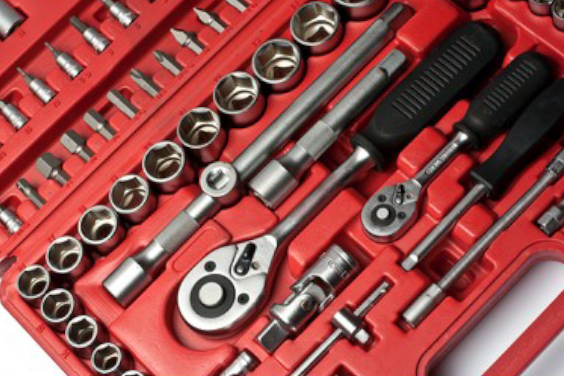
Insert Molding Process Step by Step
It is dangerous to make use of components after they’ve been manufactured without encasing them with plastic. It’s essential to encase these components to make
Share
Share
Plastics are the most widely used materials today because of their high adaptability and low cost. As a result, 3D printing, CNC machining, polymer casting, and extrusion are all viable options for producing plastic parts.
Injection molding and the thermoforming of plastics are both widely used in a variety of industries. Each process has its own set of characteristics and advantages that are typically helpful for a particular application. In these cases, the decision to use plastic thermoforming or injection molding may have been straightforward in the past. However, as manufacturing technology progresses, the area where a product’s requirements and plastic thermoforming and injection molding collide capabilities are expanding. In these instances, determining the best approach necessitates a more thorough examination of the process, benefits, and costs
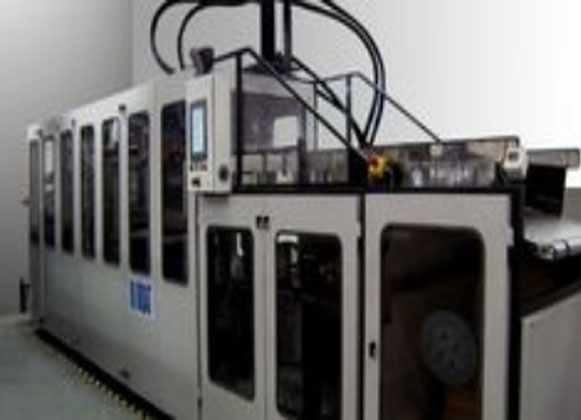
Source: Pinterest
Thermoforming is a technique for turning cast or extruded plastic sheets into completed pieces with a thickness of up to 0.500 inches. The raw material is heated to the correct thermoforming temperature and then molded to the required shape. The material is extraordinarily flexible at processing temperatures, allowing it to be shaped quickly and with minimal force into extremely intricate components.
Thermoforming is a single-sided technique in which the tool surface controls only one side of the sheet. When manufacturing numbers vary from 250 to 5000 per year, thermoforming is the best option. This method has lower tooling costs, shorter product development cycles, and the ability to make colored and textured parts.
Thermoforming can provide benefits depending on the needs of a project, including
Tooling Cost- Thermoforming tooling is less expensive than injection molding tooling. Thermoforming molds are frequently built of low-cost aluminum. Injection molds, on the other hand, are usually made of thicker aluminum, steel, or other heavy alloys to withstand higher pressures and allow for continuous reuse over longer manufacturing runs.
Product development and prototyping- When it comes to product development and prototype testing, thermoforming is faster than injection molding due to the rapidity with which thermoforming molds may be made. Tooling for injection molds takes longer because the molds are double-sided and made of tougher materials like steel.
Adaptability and adjustment- Because thermoforming uses a single-sided mold composed of highly formable materials, designs can be changed fast and at a low cost. Injection molding, on the other hand, necessitates the use of two molds with heavier materials, which takes longer and costs more to create.
Texture and color options- Thermoformed polymers can be dyed with bright colors, allowing for vibrant, long-lasting color throughout the material. Furthermore, thermoform materials can be painted, silk-screened, printed, stenciled, and coated to create distinctive designs, textures, and finishes that improve the appearance and lifetime of the product.
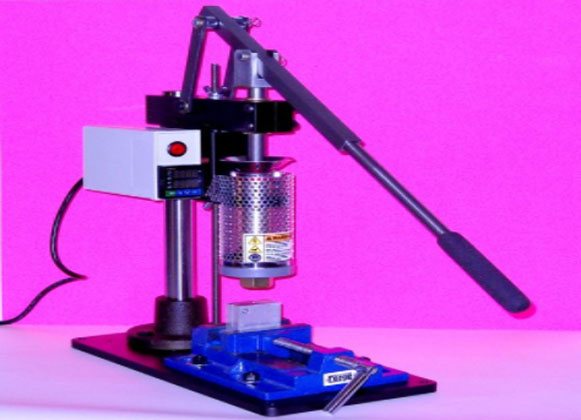
Source: Pinterest
To build detailed tooling or molds for injection molding, a lot of upfront design and engineering are required. Split-die molds are made of stainless steel or aluminum and are injected with molten liquid polymers at high temperatures and under high pressure. The molds are then allowed to cool, allowing entire plastic components to emerge.
Plastic injection molding is perfect for large-scale orders and mass manufacturing in projects that require hundreds or even millions of identical parts. Plastic injection molding has a lot of unique benefits, including:
One of the most important advantages of injection molding is the capacity to produce extremely complicated components with a high level of detail. Because the material is pressed firmly into even the smallest precise cavities, the injection molding method enables the manufacture of complicated components and odd shapes. With multi-cavity molds, the injection molding process can be further customized to fulfill unique requirements.
For repeated runs, injection molding requires the use of robust and reusable molds. Users may rely on the mold to deliver very accurate, reproducible results over a long time. The method is especially beneficial for extremely small, complex, and delicate components that are time-consuming or difficult to fabricate using thermoforming, cutting, milling, and other methods.
Even though injection molding is more expensive than thermoforming, the mold design and manufacturing process can be altered in a variety of ways to minimize total production costs. Simplifying and simplifying the design can help save money on detailed mold production. Furthermore, using material reduction techniques like undercutting and coring, or simply changing molds from a similar product, may provide a cost-effective way to satisfy the objectives of a new project.
Injection molding is a high-volume, low-scrap method. Each component’s amount of material is accurately metered to ensure that the mold is filled, resulting in minimal overflow or waste. After being expelled from the mold, an injection molded product can be scaled and requires minimal extra machinery.
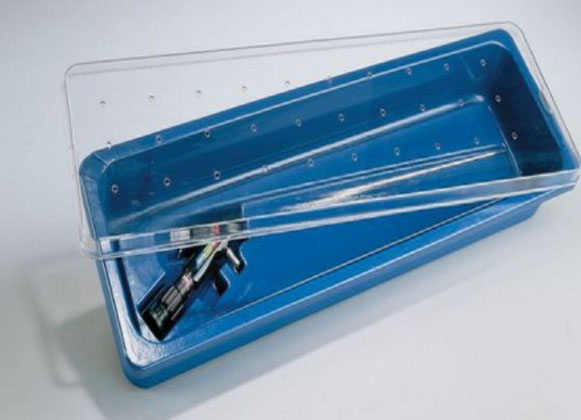
Source: Pinterest
Both technologies may be utilized to create plastic parts in specific sectors and applications. However, many sectors use a distinct strategy based on the project’s inherent characteristics. It’s critical to carefully examine the particular qualities and requirements of your project before deciding which procedure is appropriate for your plastic molding task.
Injection molding is suitable for most projects that require greater production numbers, particularly complicated or precise designs, short lead times, or automated programming to reduce manufacturing costs. All of these needs may be met by the injection molding method, which can reliably produce large batches of high-precision parts in a timely and cost-effective manner.
Thermoforming, on the other hand, is perfect for applications that require smaller batch sizes, cheaper tooling costs, or parts with color and texture. Thermoforming offers low lead times and a wide range of aesthetic alternatives for larger items with simplified designs.
Both procedures provide high reliability and quality, whether you’re working with plastic pellets for injection molding or sheets of plastic for thermoforming. The best solution for a specific work will be determined by the application’s specific requirements.
Rydtooling is proud to be among the leading plastic injection molding service providers globally. Get in touch with us to get high-quality service for the most affordable prices.

It is dangerous to make use of components after they’ve been manufactured without encasing them with plastic. It’s essential to encase these components to make
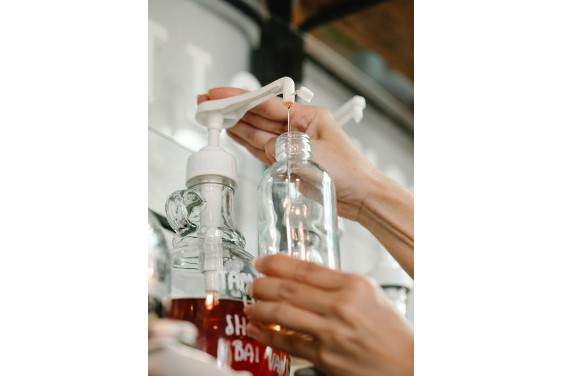
Transparent plastic is being used in virtually every industry and this is because of its capacity to allow you see through and its ease of
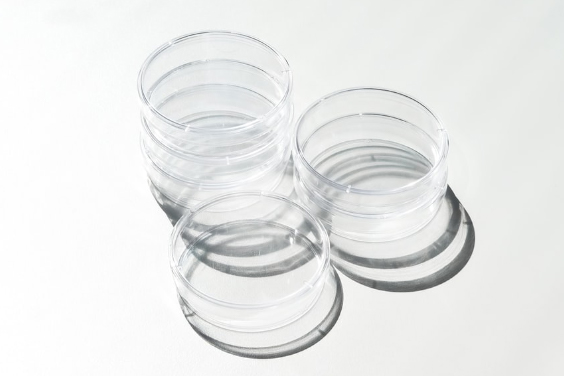
Plastic is a common material used in the production of objects that can be used in homes, the automobile industry, and virtually all sectors. It
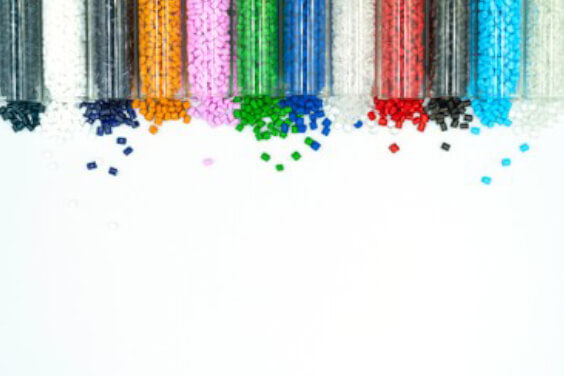
Basically, there are two kinds of plastics – thermoplastic, and thermosets. But the majorly talked about kind is the thermoplastic because of its versatile and
+86-755-8524 1121
marketing@rydtooling.com
No. 2, HongKan 1st Road, YanChuan Community, YanLuo Street, BaoAn District, ShenZhen City, China. Post Code 518105.
Subscribe to our newsletter to get manufacturing news and updates!
